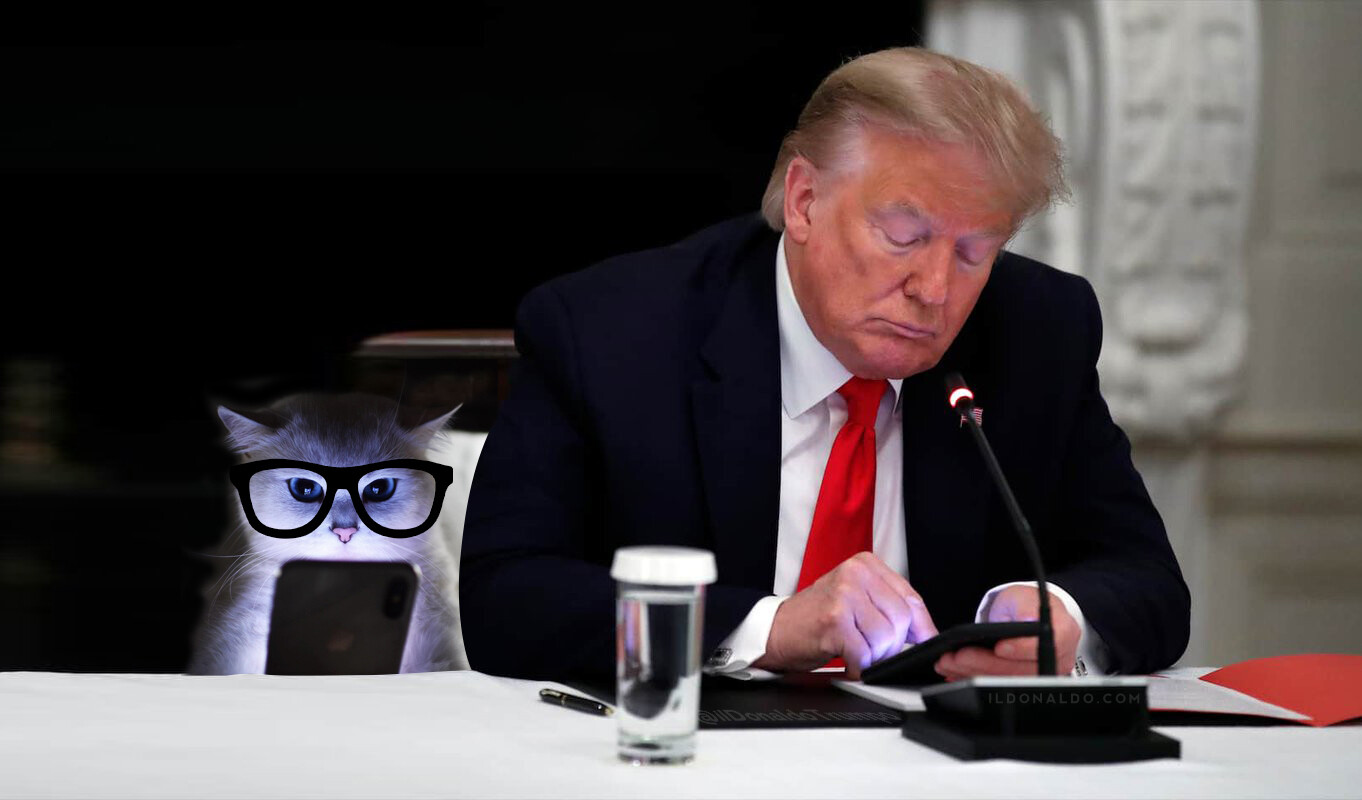On May 11, President Donald Trump stunned the pharmaceutical and investment world by announcing he will sign what he describes as “one of the most consequential Executive Orders in our country’s history.” The order, set to be signed at 9:00 A.M. on May 12 at the White House, will mandate that prescription drug prices in the United States be reduced by an unprecedented 30% to 80%, almost immediately.
Posting on Truth Social, Trump emphasized that global prices will be forced to rise in tandem, as the order will target international pricing disparities to “equalize” costs and finally “bring fairness to America.”
This move represents the most aggressive executive action in modern U.S. history to tackle the long-standing issue of high drug prices, which have been a major burden on American consumers while benefiting foreign buyers of U.S.-developed drugs at lower costs.
The Executive Order’s Potential Impact

Although details of the executive order are expected to be unveiled on May 12, key elements are likely to include:
- International Reference Pricing: Forcing drugmakers to match the lowest global price offered to foreign governments and consumers.
- Tariff-like Penalties: Imposing taxes or levies on pharmaceutical companies that refuse to comply.
- Compulsory Licensing Threats: Allowing generics to be produced domestically if pharmaceutical firms do not adjust pricing voluntarily.
- Export Pricing Controls: Blocking U.S.-developed drugs from being sold abroad at prices below U.S. consumer levels.
If implemented effectively, this executive order would reset global pharmaceutical trade flows, profit margins, and stock valuations almost overnight.
Investment Opportunities and Strategies

Given the magnitude of this policy shift, here’s where smart investors may find opportunities — and caution signals:
✅ Winners
1. U.S.-Based Generic Drug Makers
Generics producers like Perrigo (PRGO), Teva USA (TEVA), and Amneal Pharmaceuticals (AMRX) could see a surge in domestic demand as branded drug prices come down or as compulsory licenses enable more generic manufacturing.
2. Contract Manufacturing Organizations (CMOs) & API Producers
If the U.S. forces a reshoring of drug production to support domestic pricing control, API makers and contract drug manufacturers like Catalent (CTLT) and Lonza (Swiss-listed, but with U.S. capacity) could benefit from increased orders and government contracts.
3. Health Insurance and PBMs
Lower drug prices would reduce payouts for health insurers and pharmacy benefit managers (PBMs). Companies like UnitedHealth Group (UNH), CVS Health (CVS), and Cigna (CI) could experience improved margins and reduced cost pressures.
4. U.S. Retail Pharmacies
With lower prices and potentially greater volumes, pharmacy chains like Walgreens Boots Alliance (WBA) and CVS Health may also benefit from higher prescription fill rates.
❌ Losers
1. Big Pharma Multinationals
Large U.S. and European pharmaceutical giants such as Pfizer (PFE), Merck (MRK), Johnson & Johnson (JNJ), Novartis, and Roche could face severe margin compression in the U.S. market and global disruptions as they attempt to comply with U.S. price equalization demands.
2. Biotech Sector Caution
Innovative biotech firms could also feel margin pressure if the executive order includes biologics and gene therapies. However, firms at early stages of R&D may be insulated in the short term.
3. Foreign Pharma Exporters to the U.S.
European and Asian pharmaceutical exporters could face barriers to the U.S. market unless they comply with the new pricing framework. Indian and Chinese generics exporters could also suffer if domestic production is ramped up aggressively.
Offshore & Global Trade Repercussions
Trump’s order could spark retaliatory trade actions, intellectual property disputes, and WTO challenges. It may accelerate moves by Europe and Asia to build local R&D and drug development capacity — opening investment opportunities in emerging markets pharmaceutical sectors looking to fill the U.S. void abroad.
Investors might also look at offshore funds focused on healthcare supply chain localization, domestic manufacturing ETFs, and commodity funds related to biopharma ingredients.
Conclusion: A Global Reset for Pharma?
President Trump’s executive order could mark a tectonic shift in the global pharmaceutical industry, turning the U.S. from the world’s most expensive drug market into one of the most aggressive price controllers.
While markets may see immediate volatility, savvy investors who position early in domestic generics, manufacturing infrastructure, and U.S.-centric healthcare services could profit from this upheaval.
Meanwhile, watch the reaction from Big Pharma carefully. Litigation, lobbying, and global trade backlash are almost guaranteed — but the genie may already be out of the bottle.
Invest Offshore tracks seismic policy shifts and their impact on global investment flows. For tailored strategies in healthcare, pharmaceuticals, and offshore wealth protection, contact our team. We also have investment opportunities in West Africa’s fast-growing Copperbelt and renewable sectors.

Leave a Reply